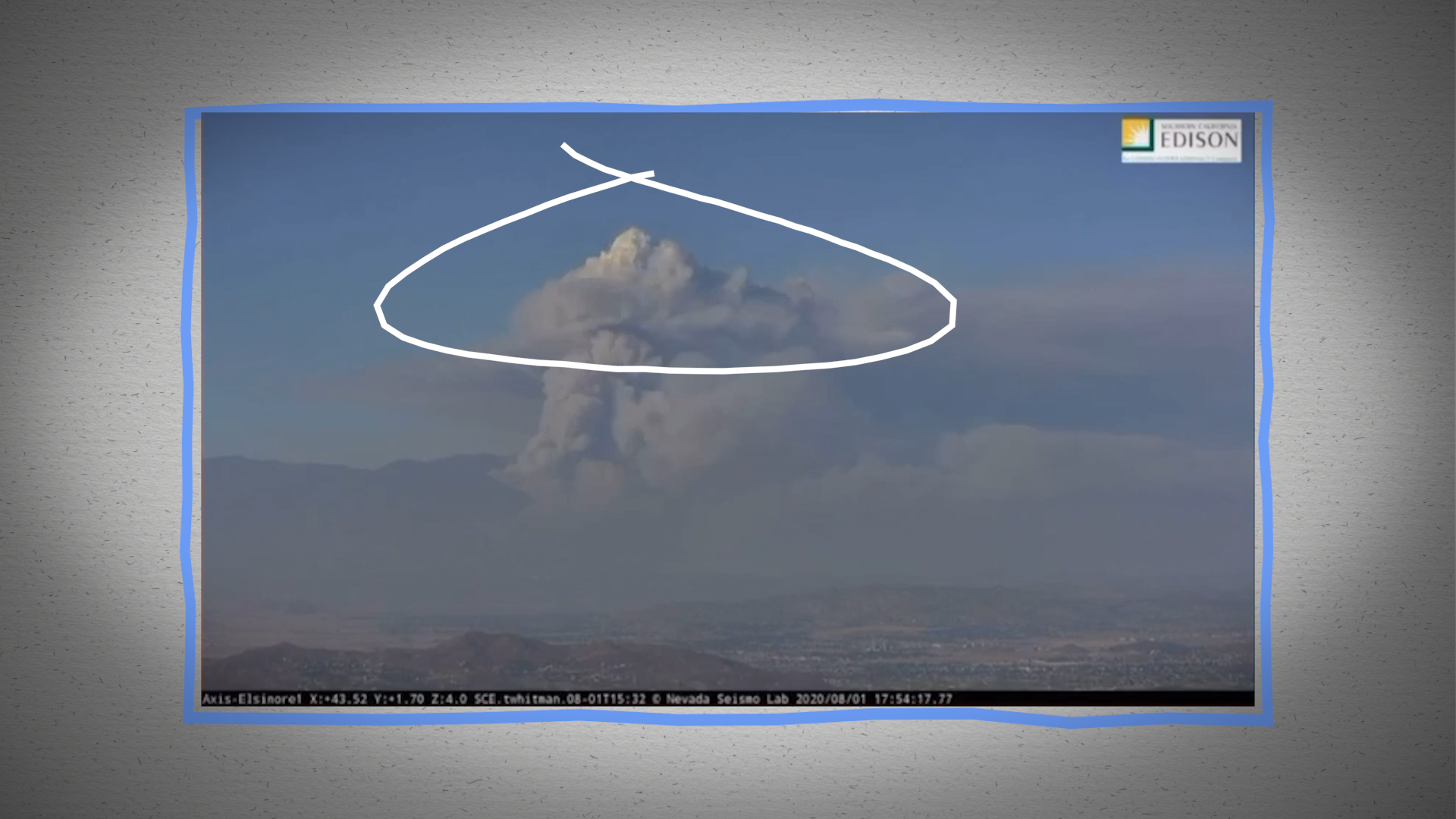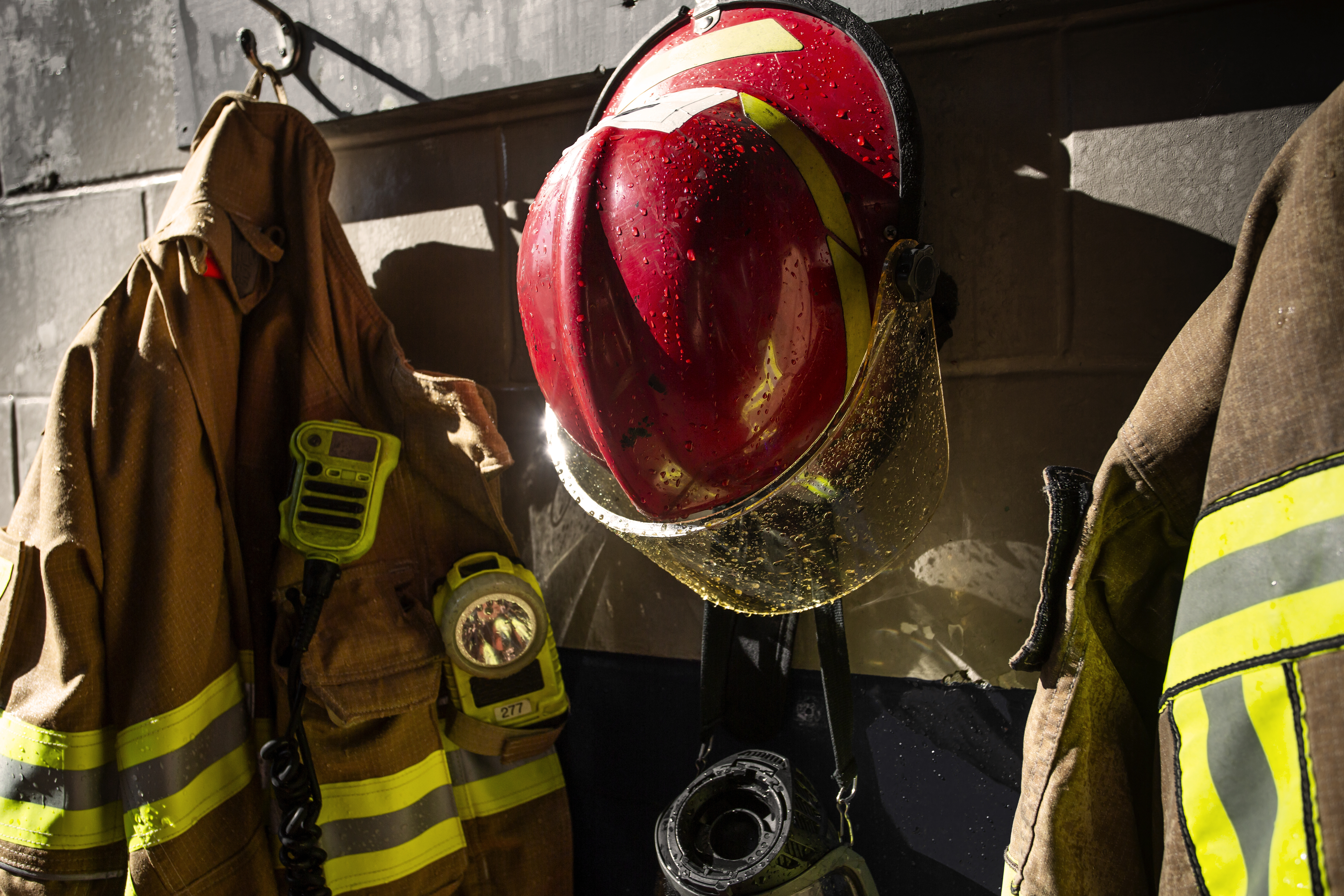The ongoing large wildfire complexes related to the August Lightning event are remarkable and unusual in several aspects.
UN Reno Assistant Professor Dr. Neil Lareau said both the speed by which many of the smaller fires merged to create more intense complexes and extreme activity on the first two nights along the CZU Lightning Complex fire in the Santa Cruz Mountains stand out.
The extreme dryness of fuels in the region are speeding up wildfire growth once they get started and what are known as "nocturnal drying events" or NDE's can lead to warming, dry and locally gusty winds on the mountain ridgelines above the cooler, shallow marine air below.
Air Quality Impacts: Why So Much Ash?
Does the size of the ash falling miles away say something about the intensity and growth rate of large wildfires?
Lareau believes so. UN Reno's physics department launched the idea of an online crowd-sourced community ash collection and documentation project.
Stronger updrafts associated with more powerful wildfire column plumes are the likely cause of larger leaves, embers and dime sized pieces of ash falling many miles from their lightning complex origin points.
Coincidentally, Lareau says this is also the materials that weather radars are scanning the beam hits the materials lofted high above wildfires, which he believe will lead to a better understanding of what radars are seeing and the potential fire threat related to ember casting and spotting of fires below.



